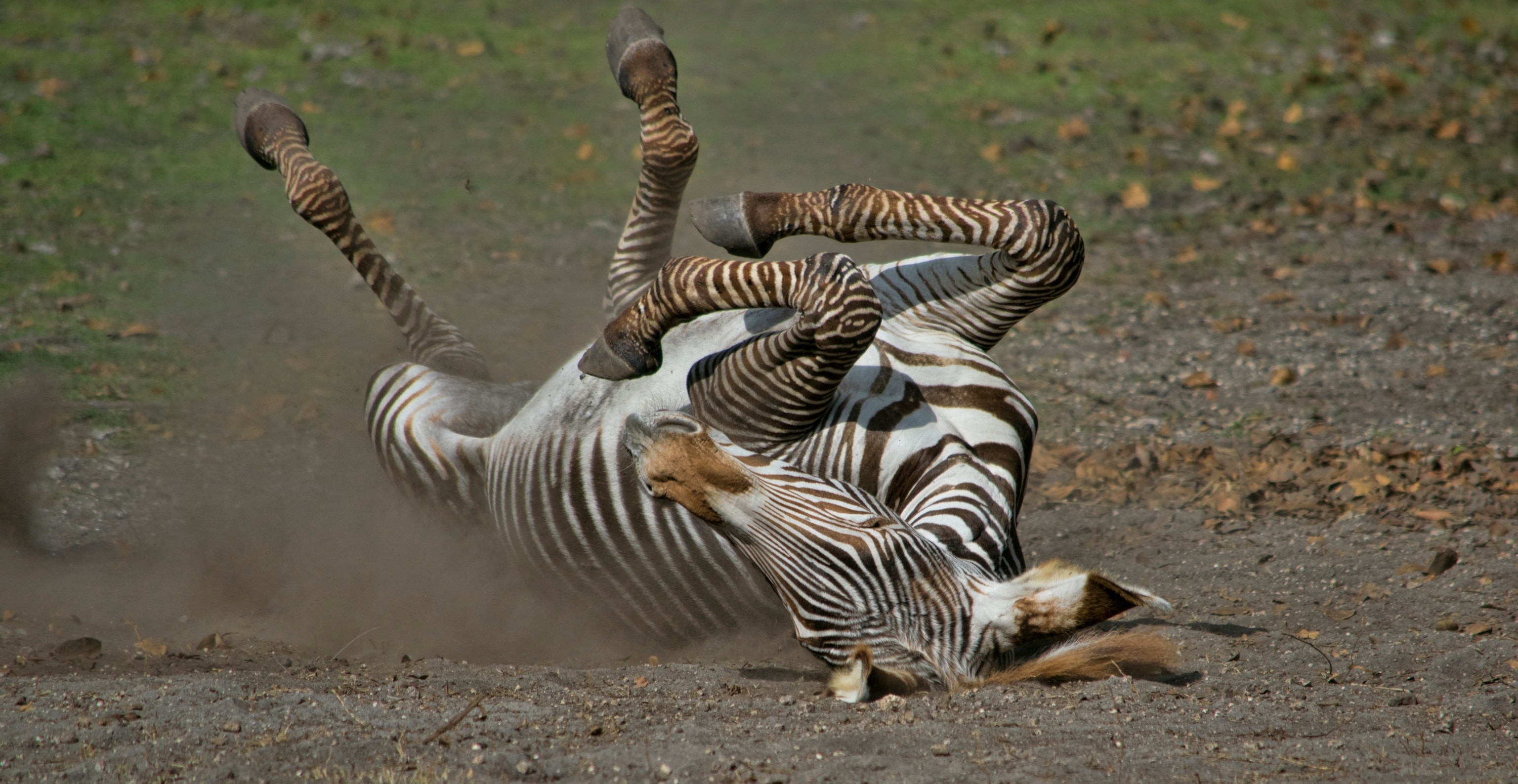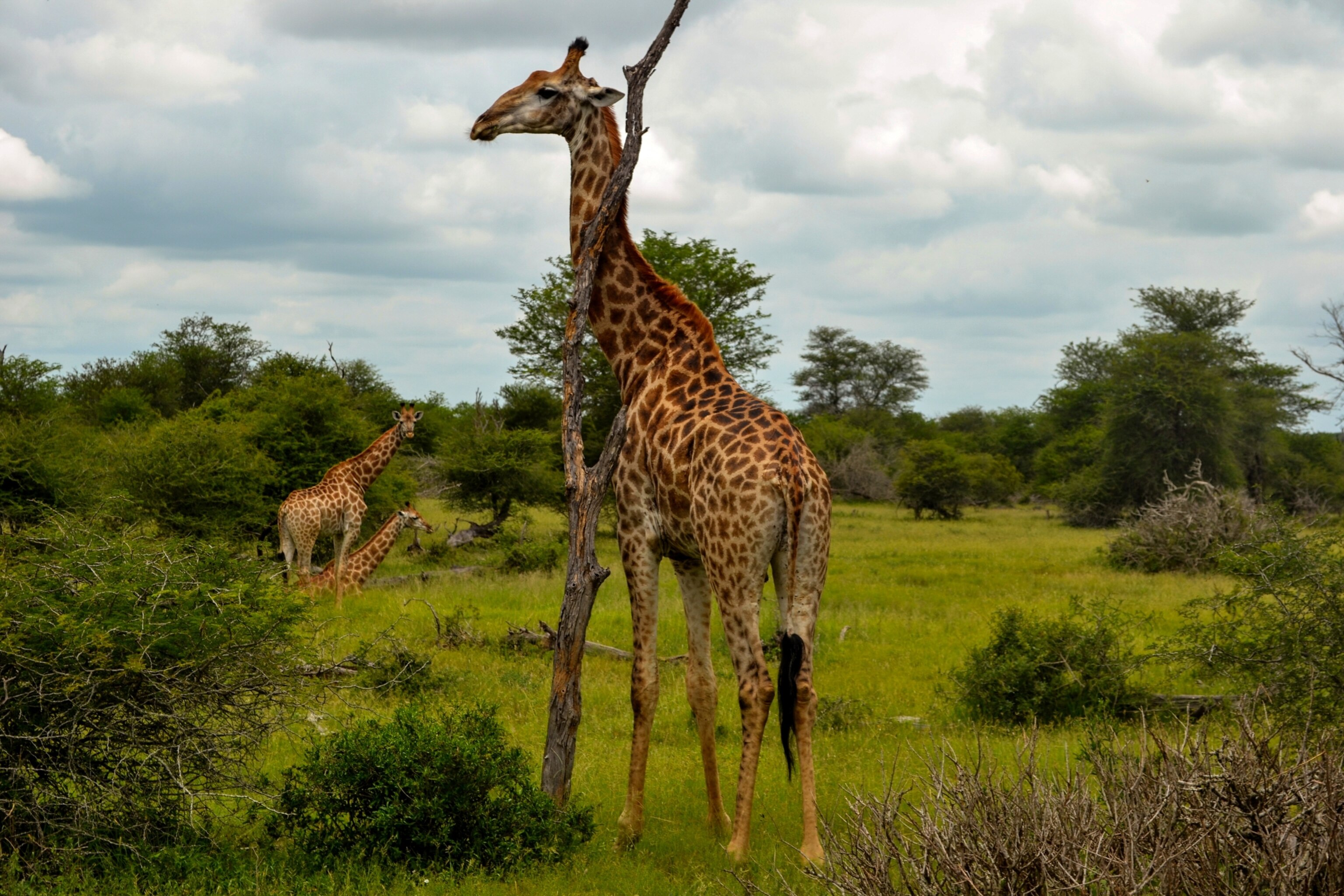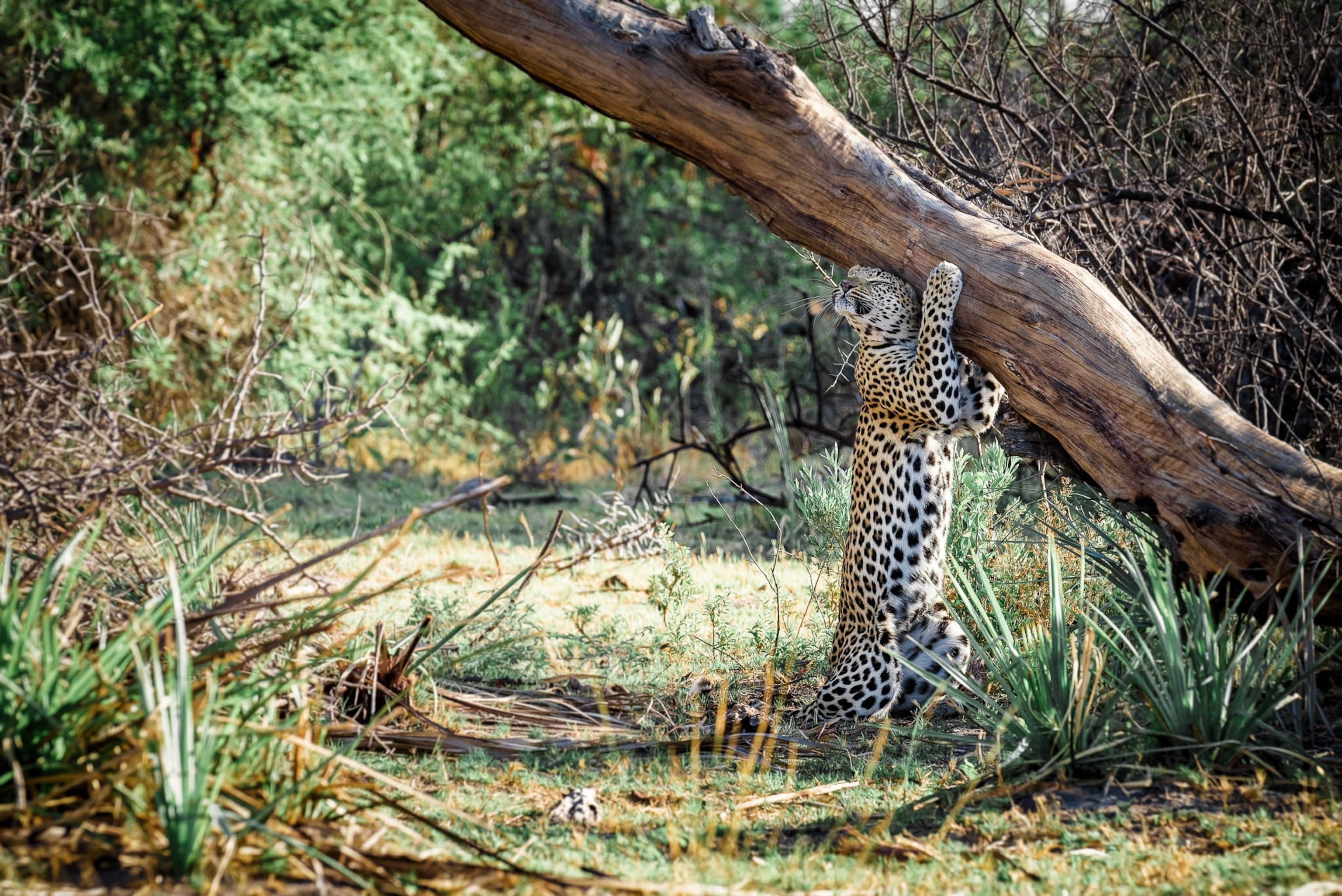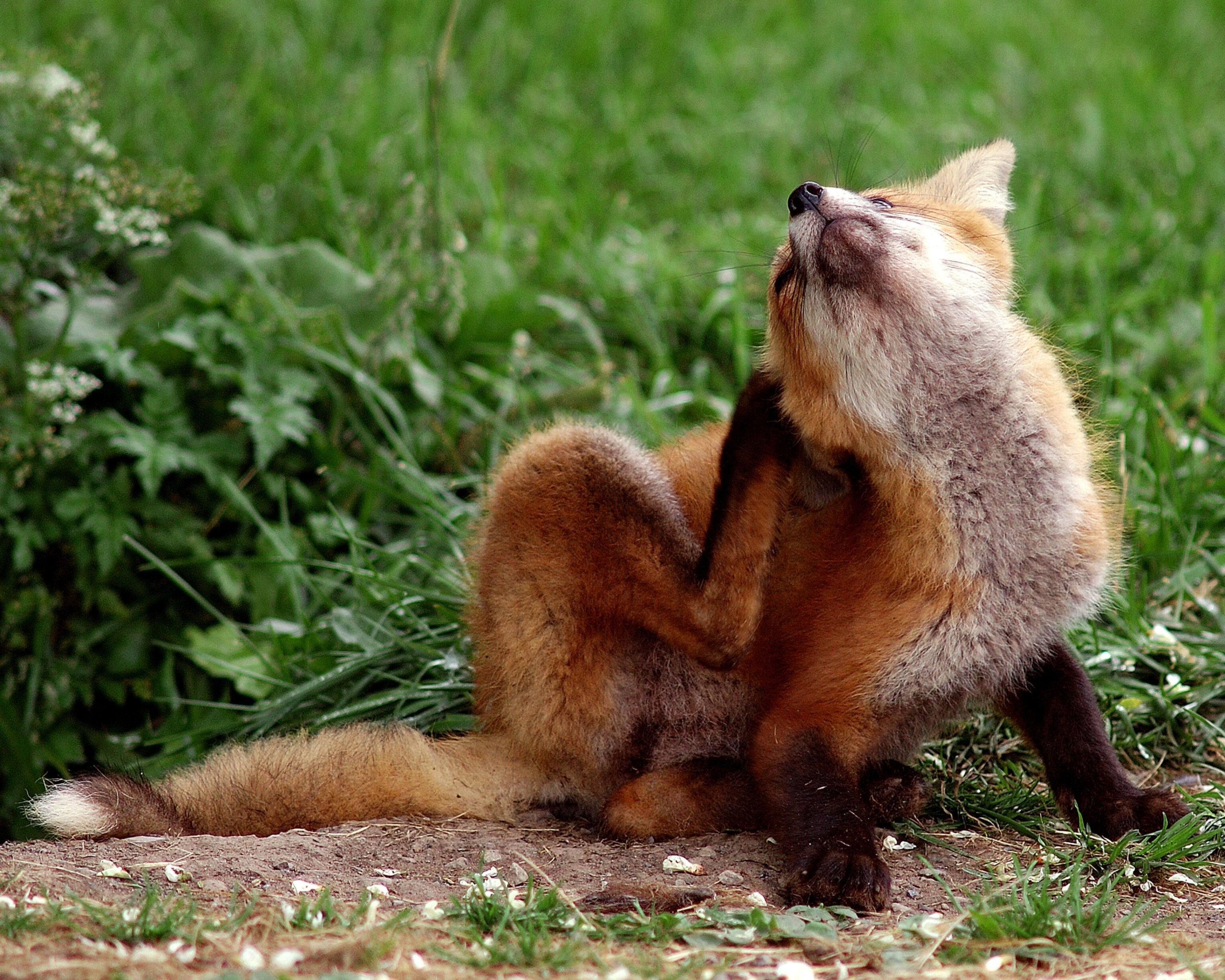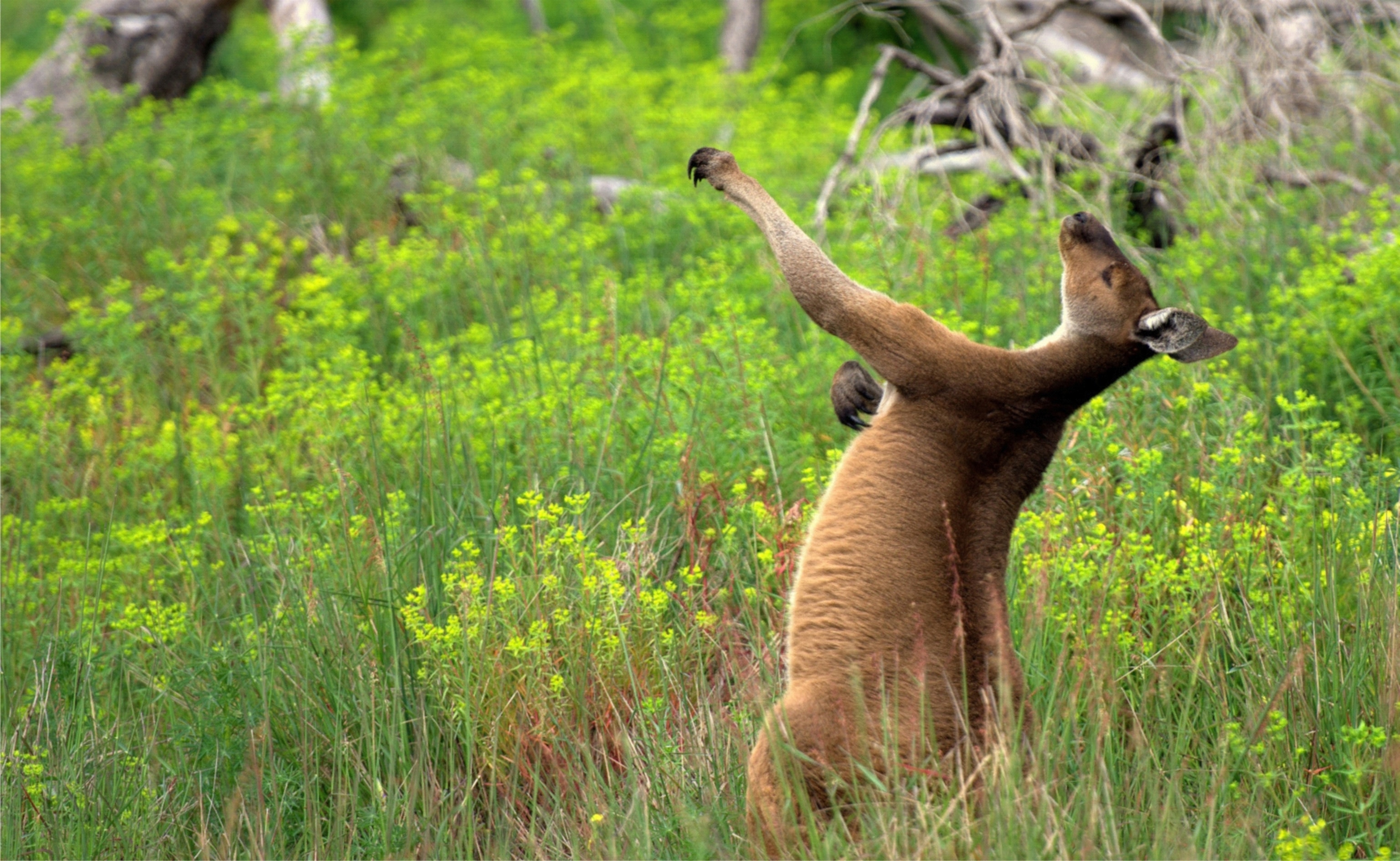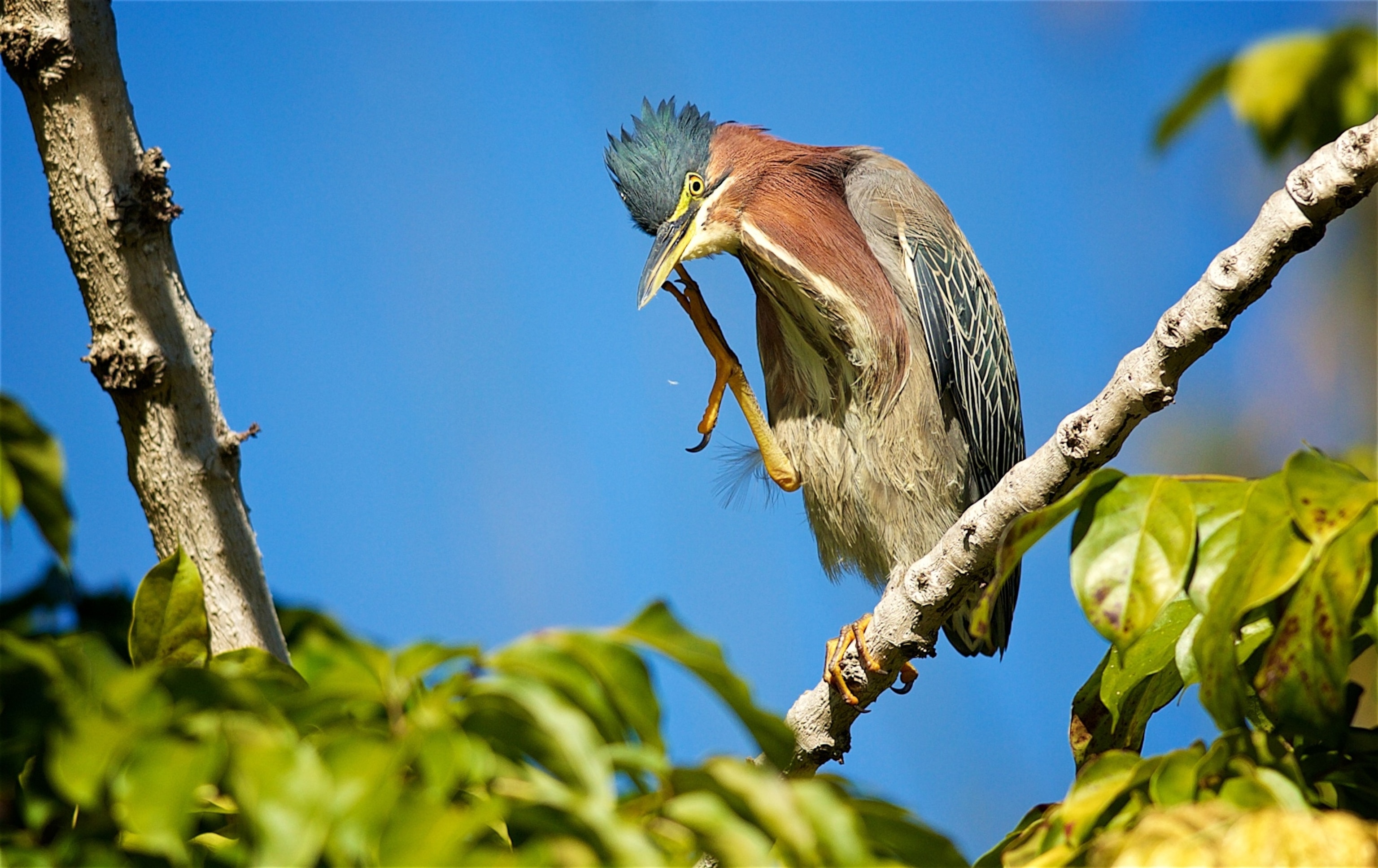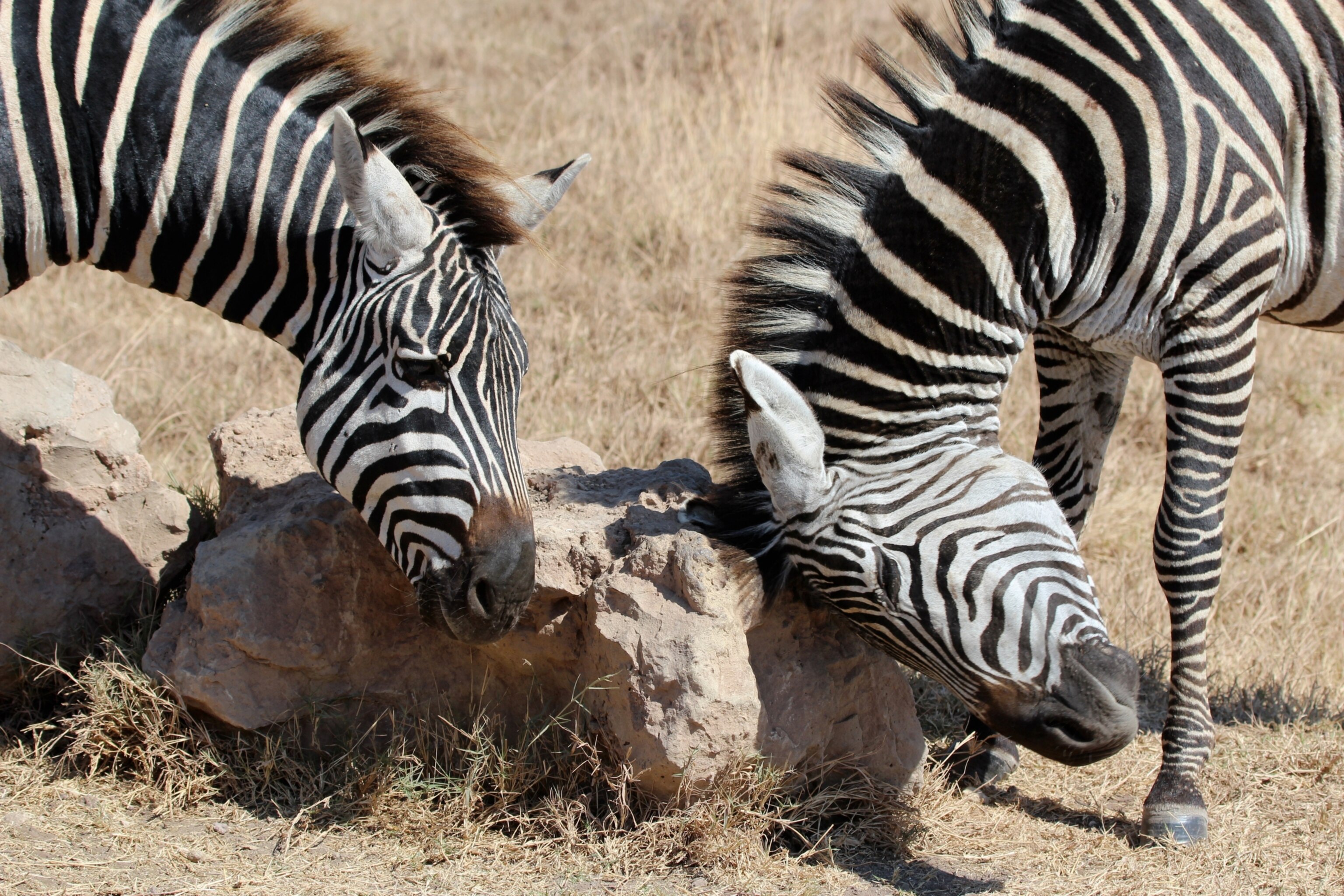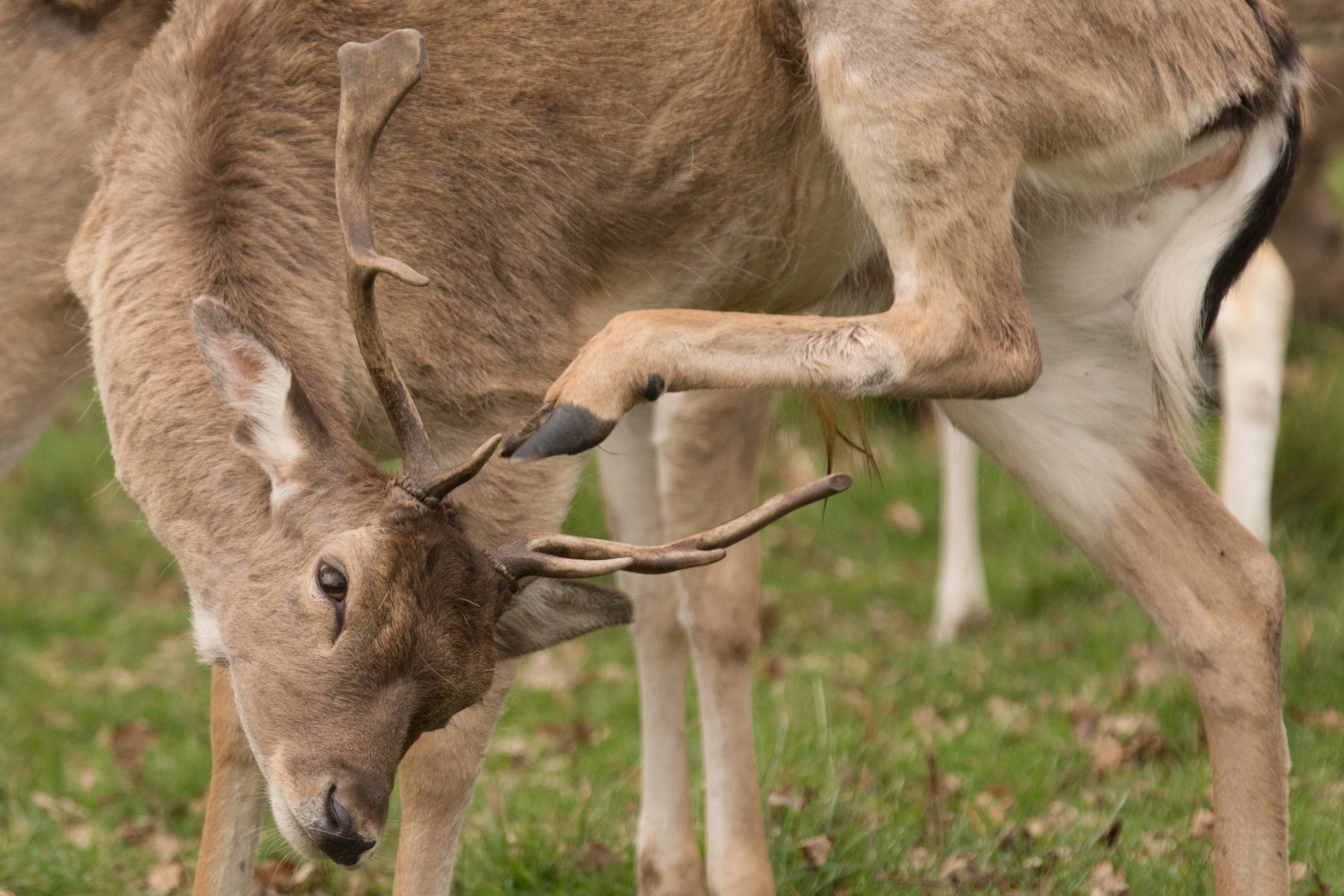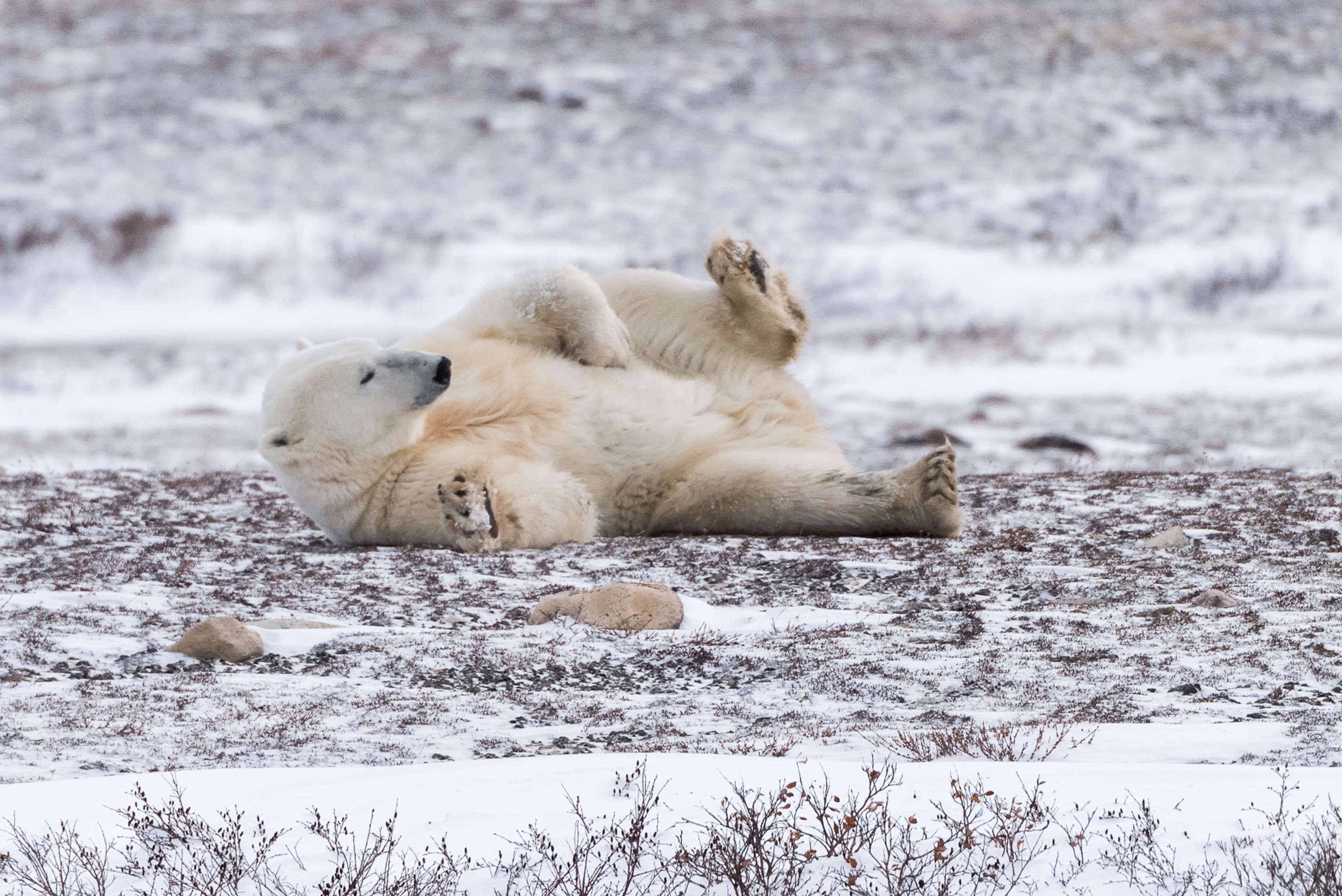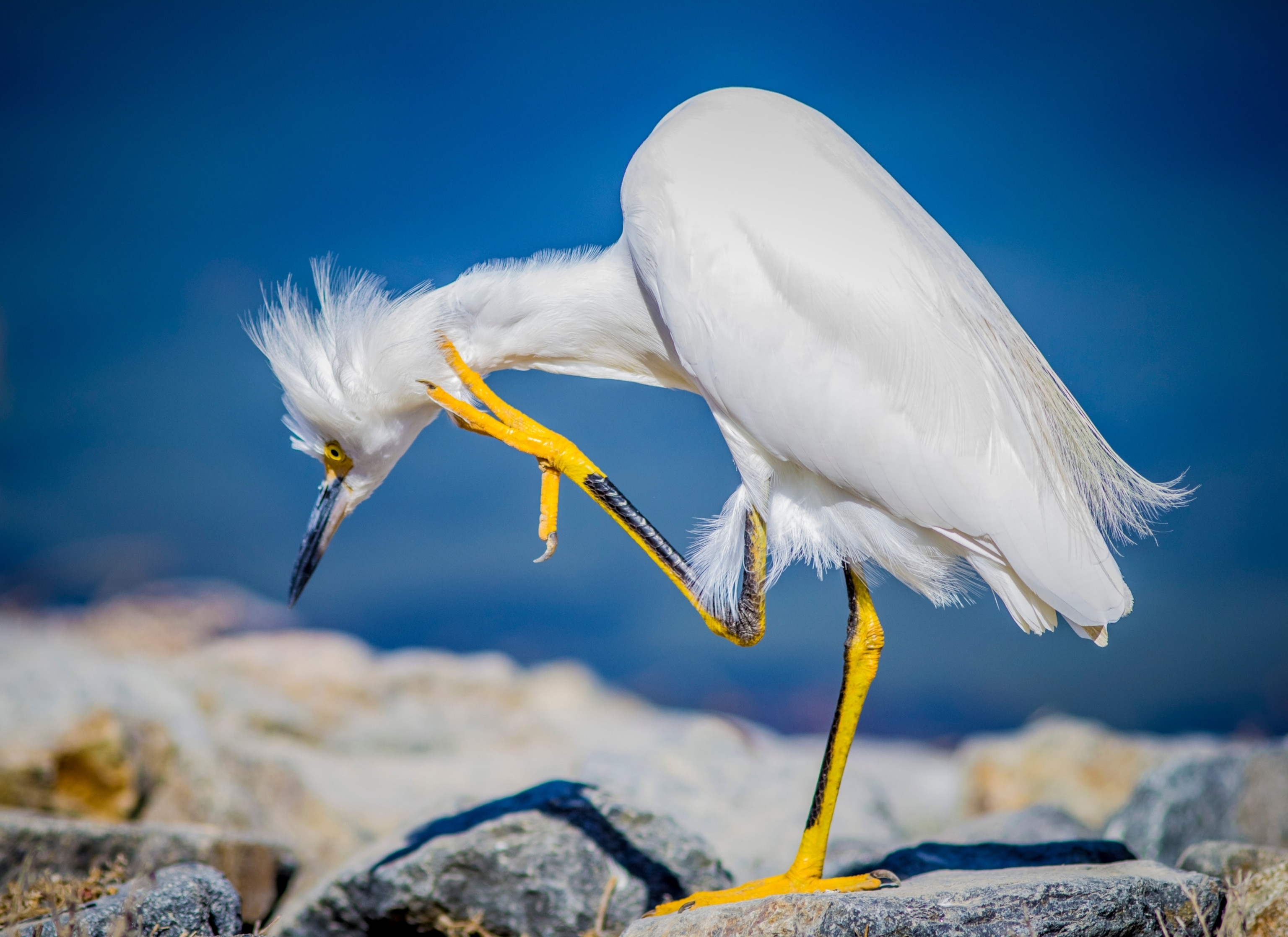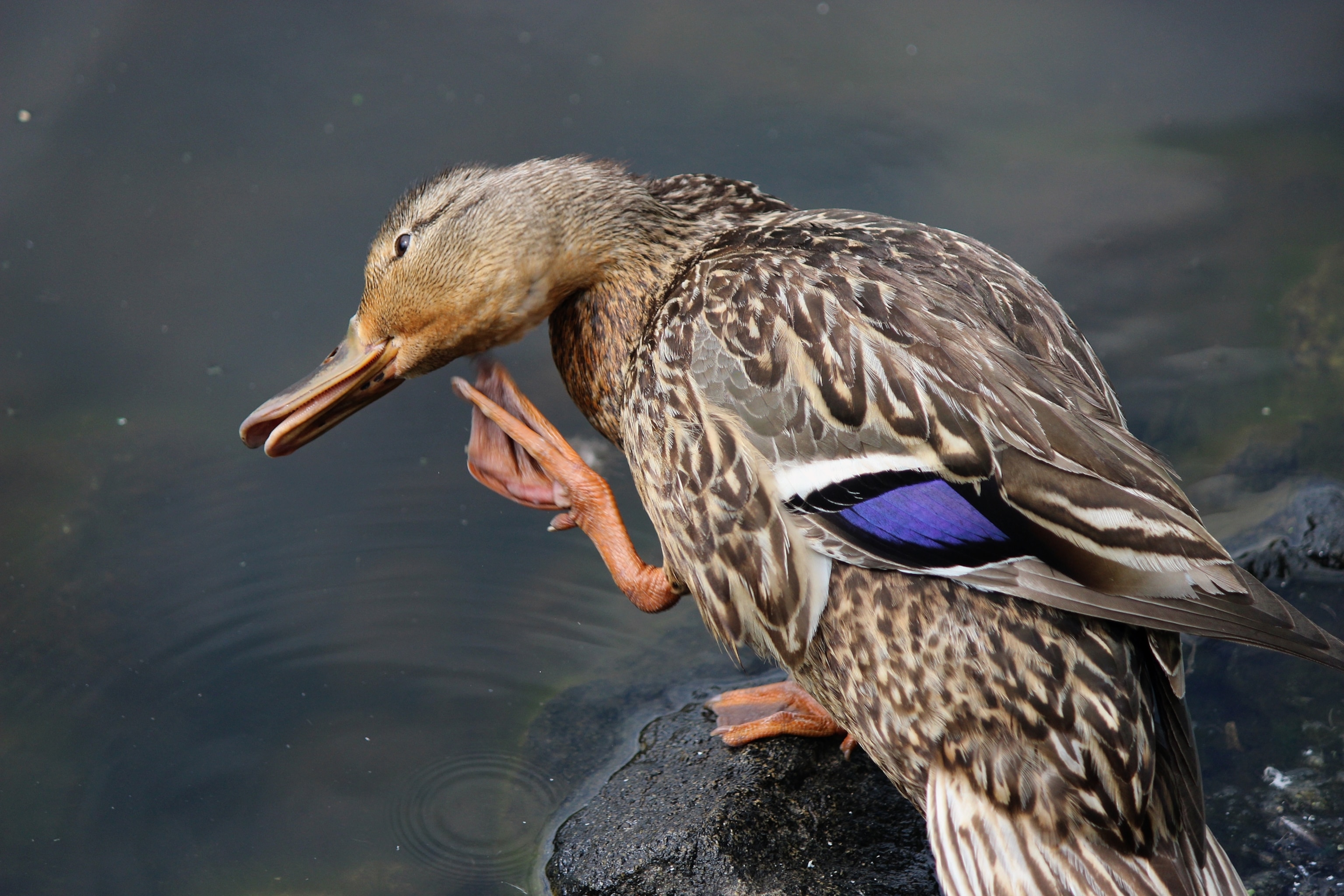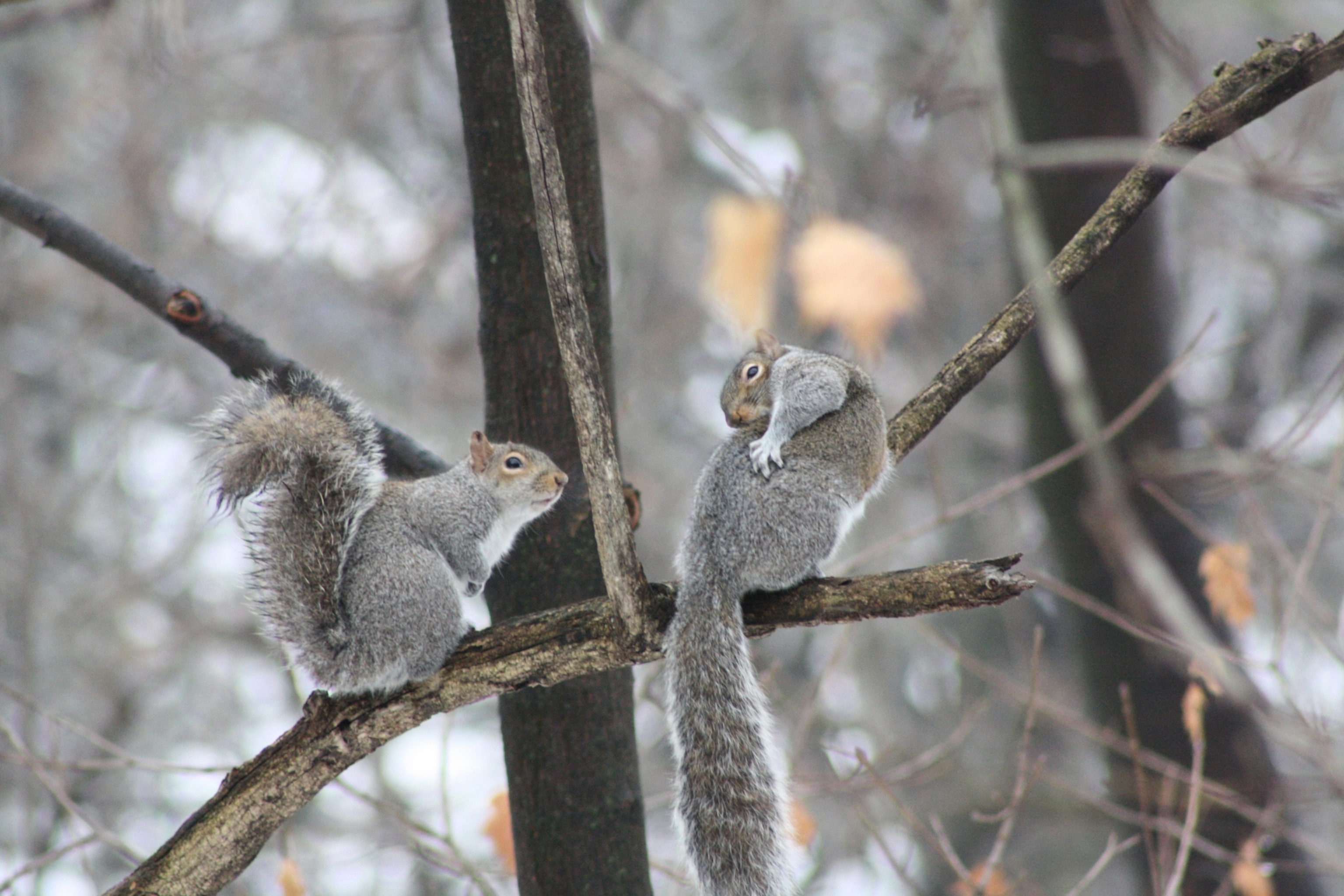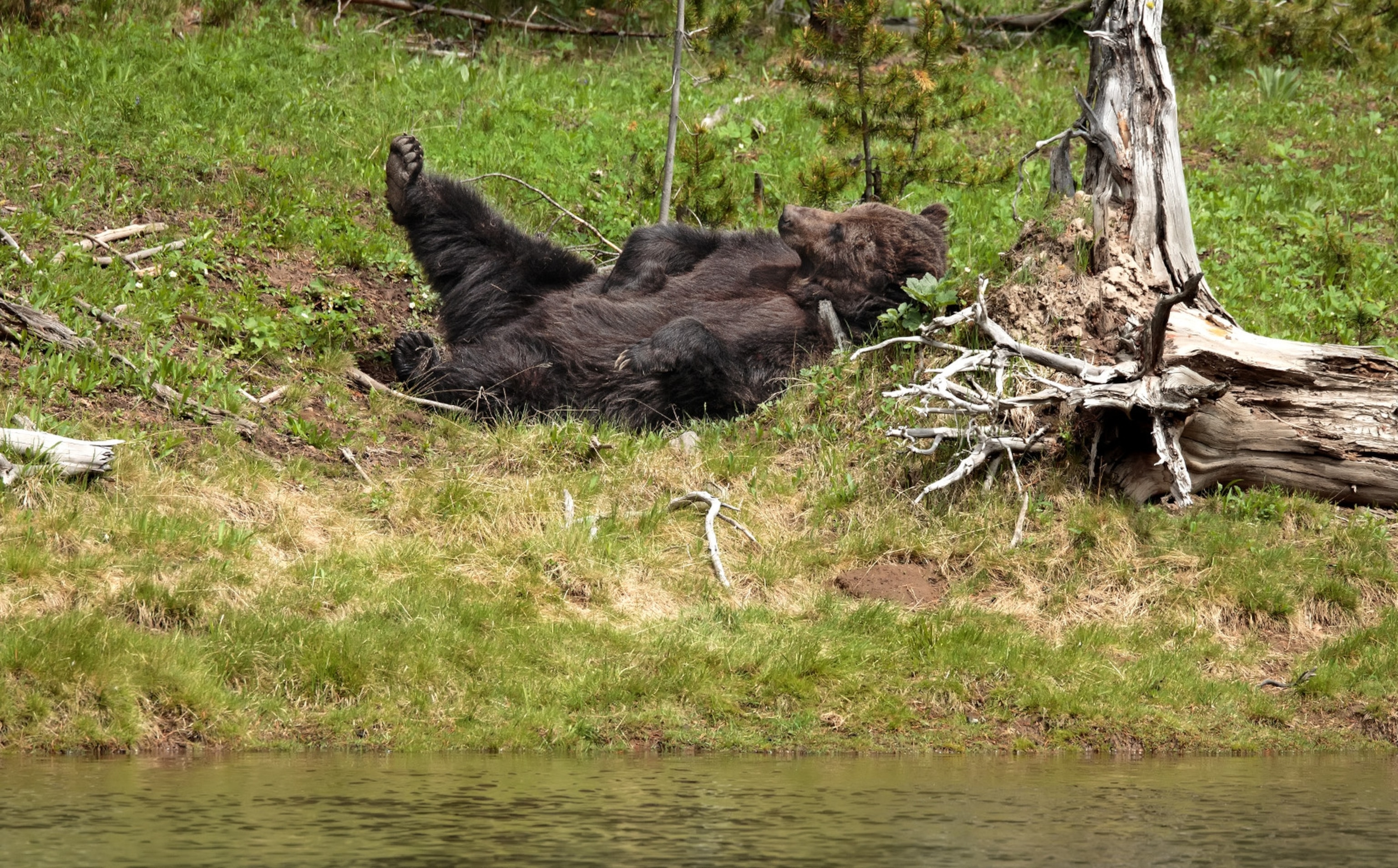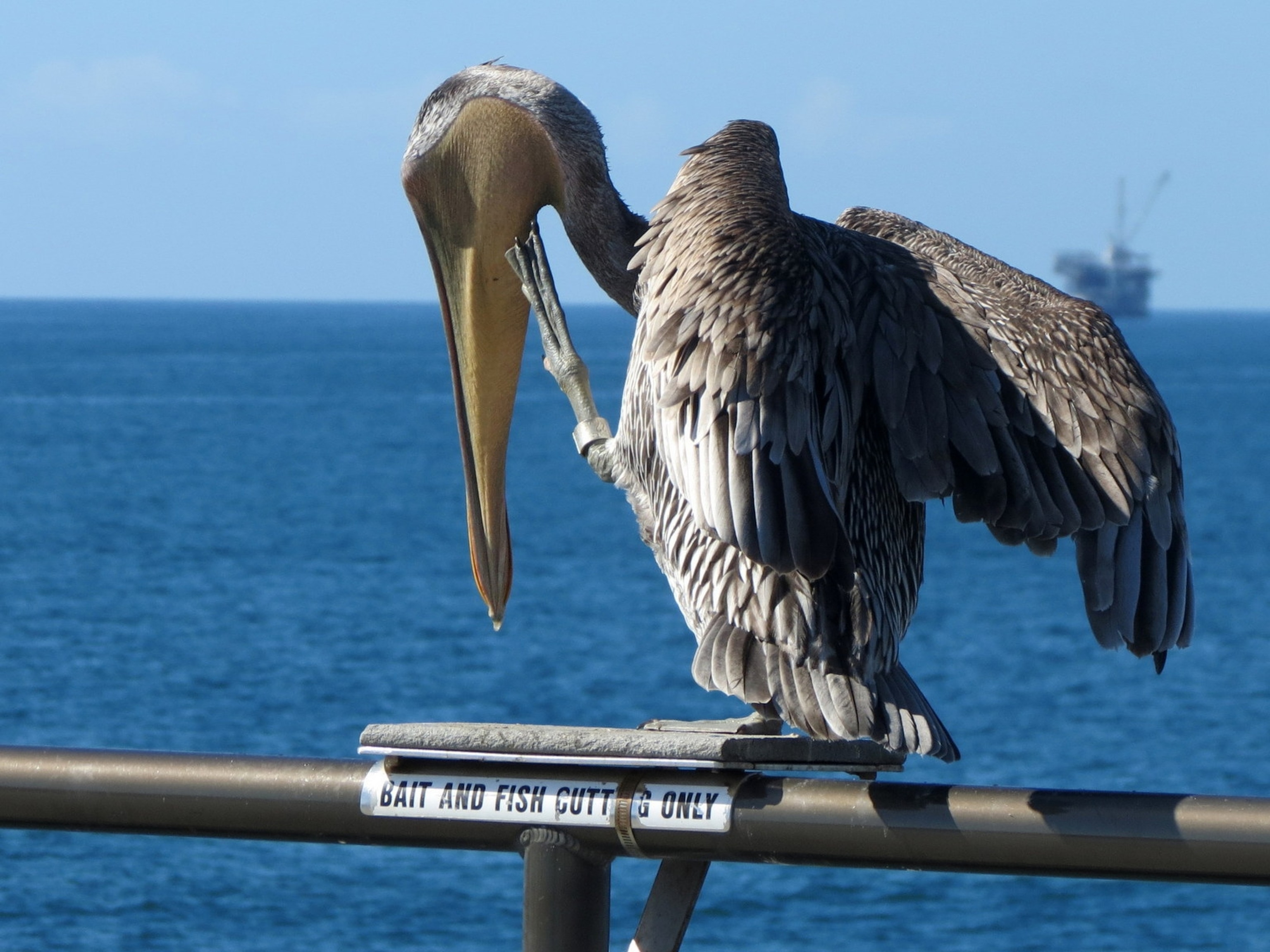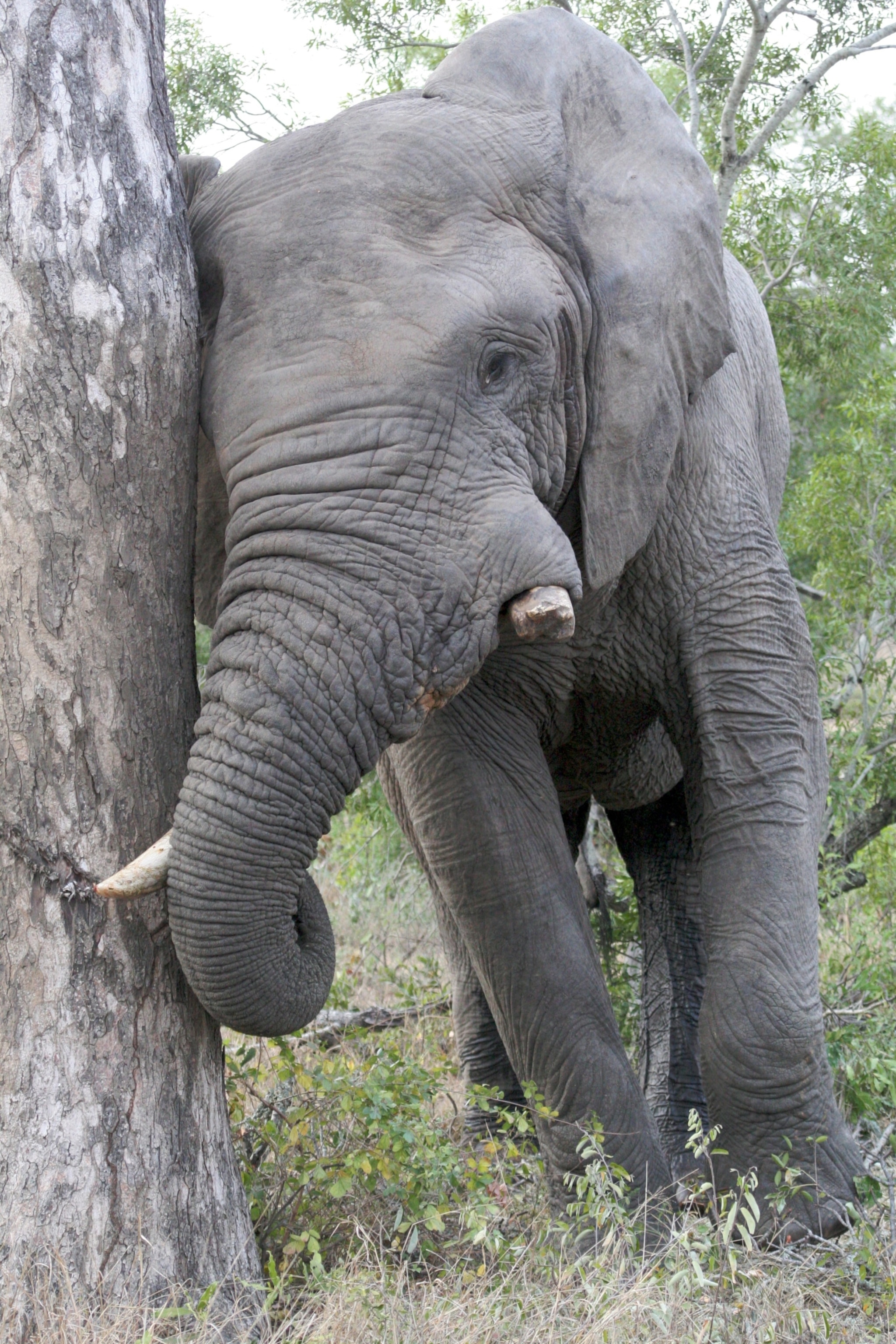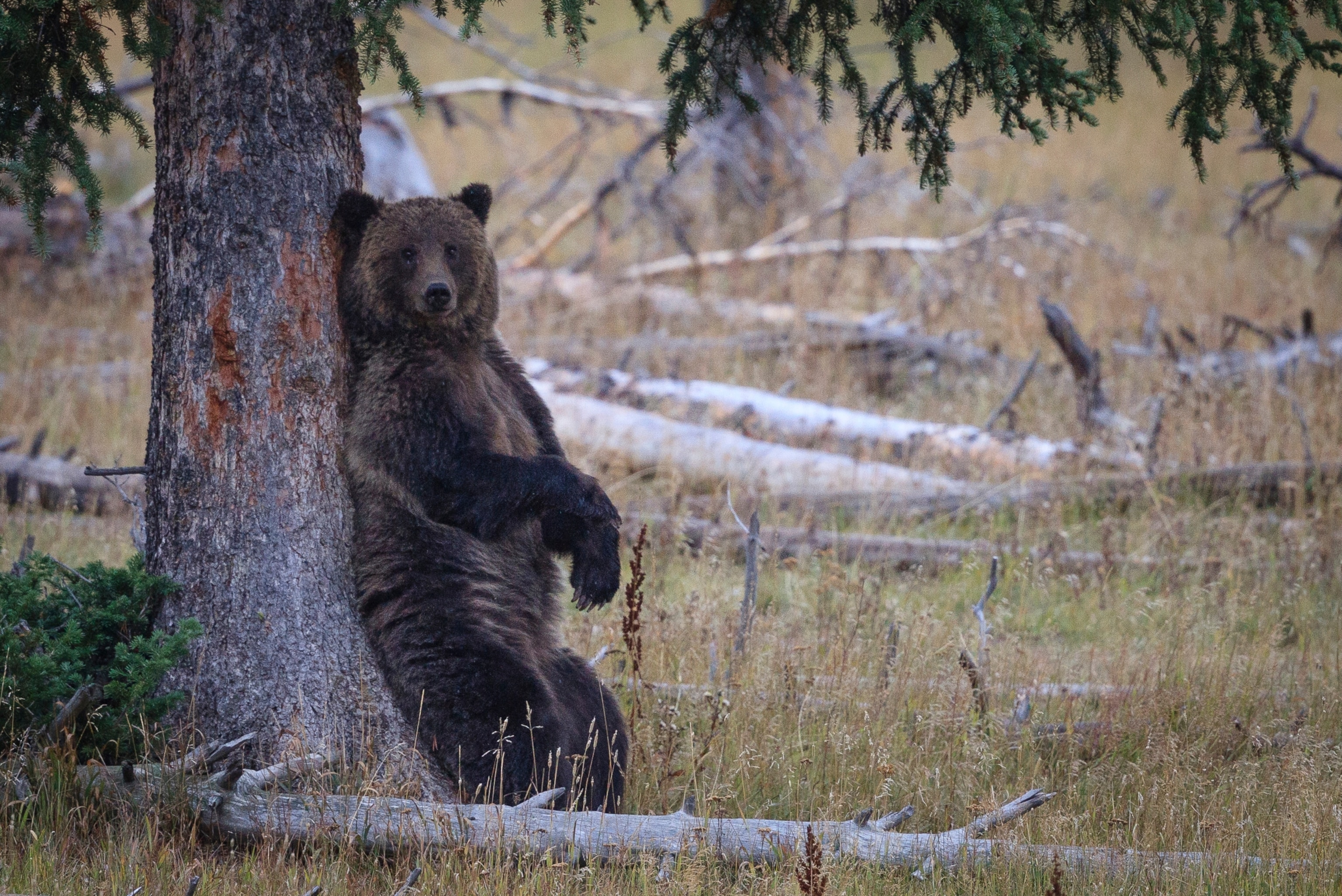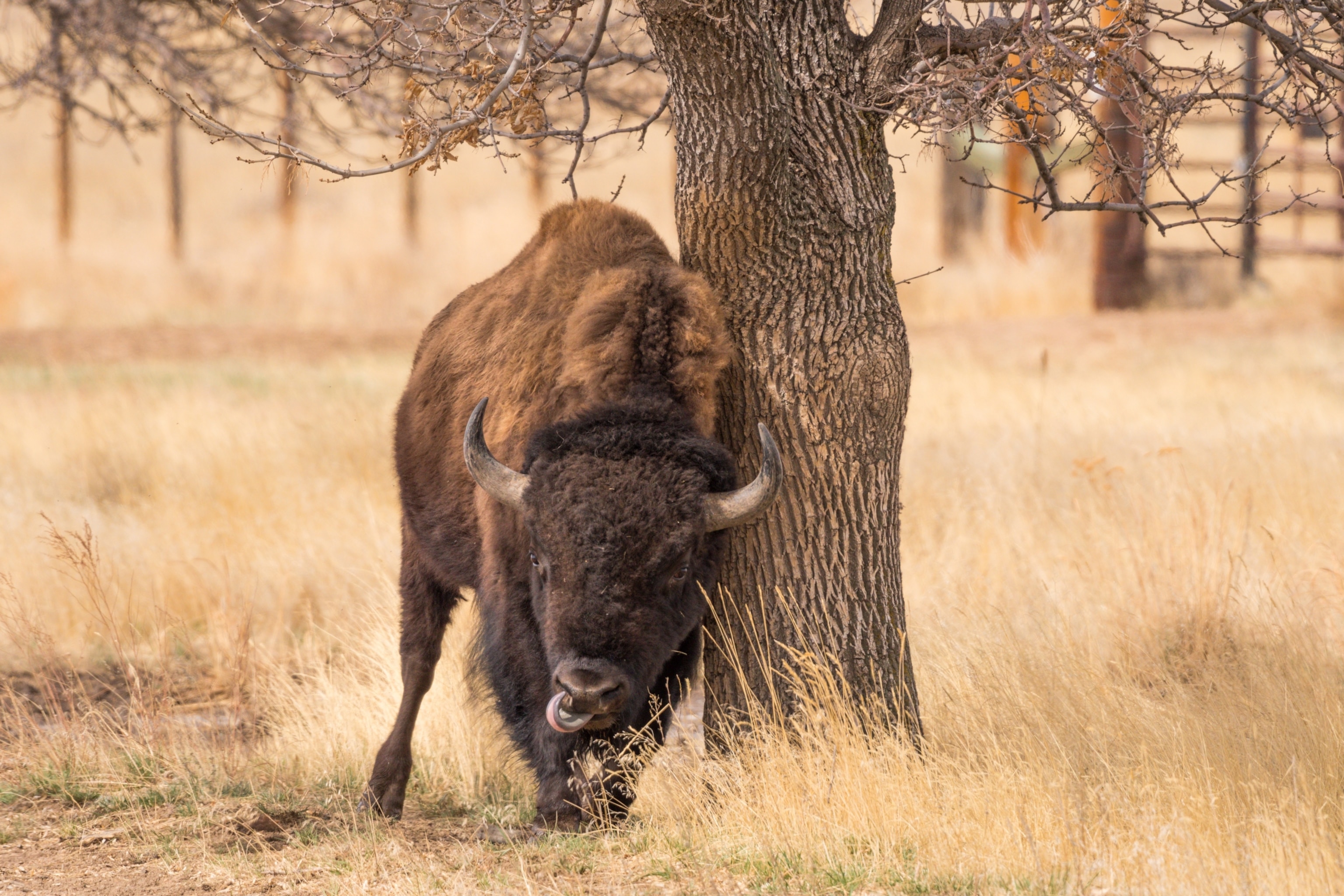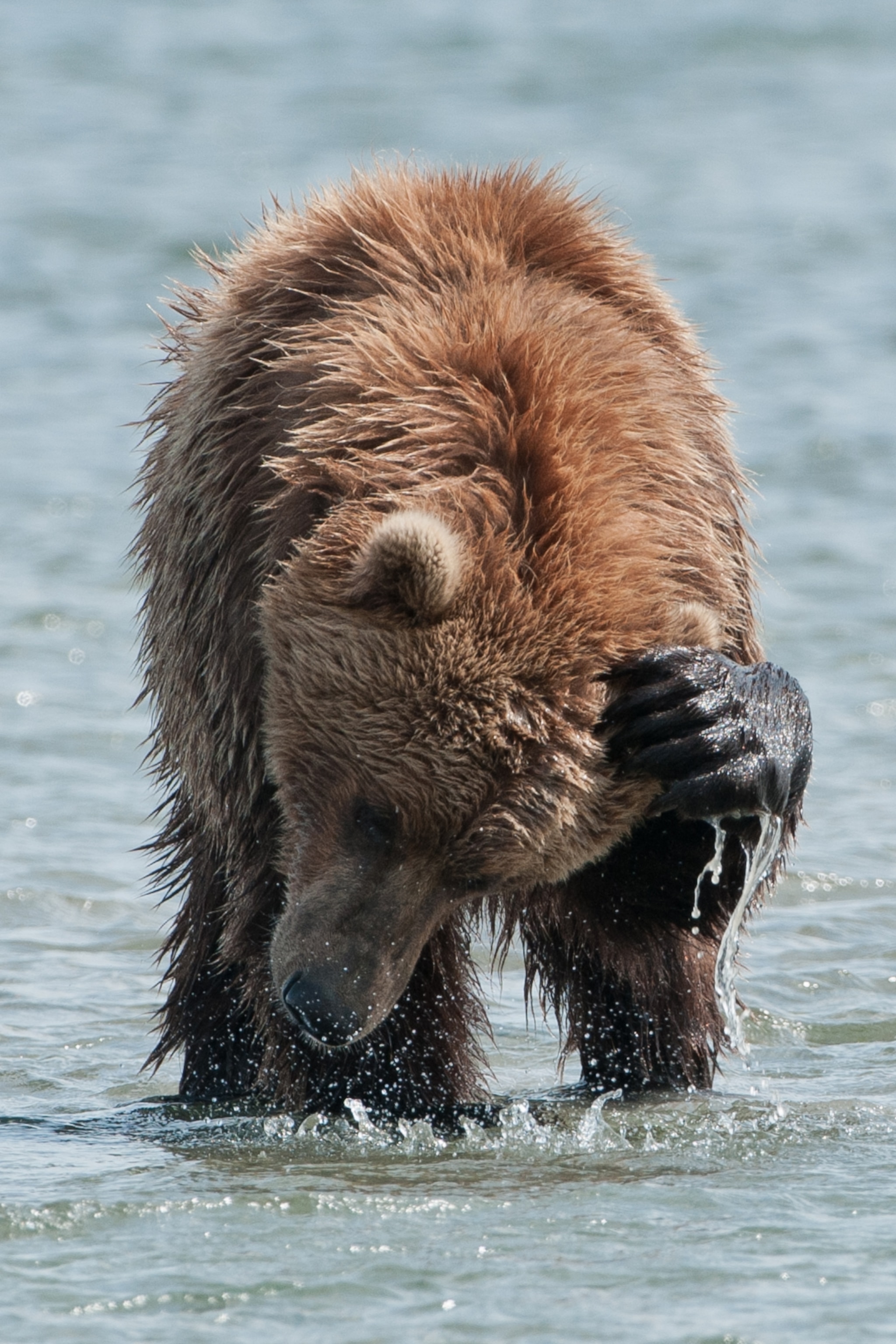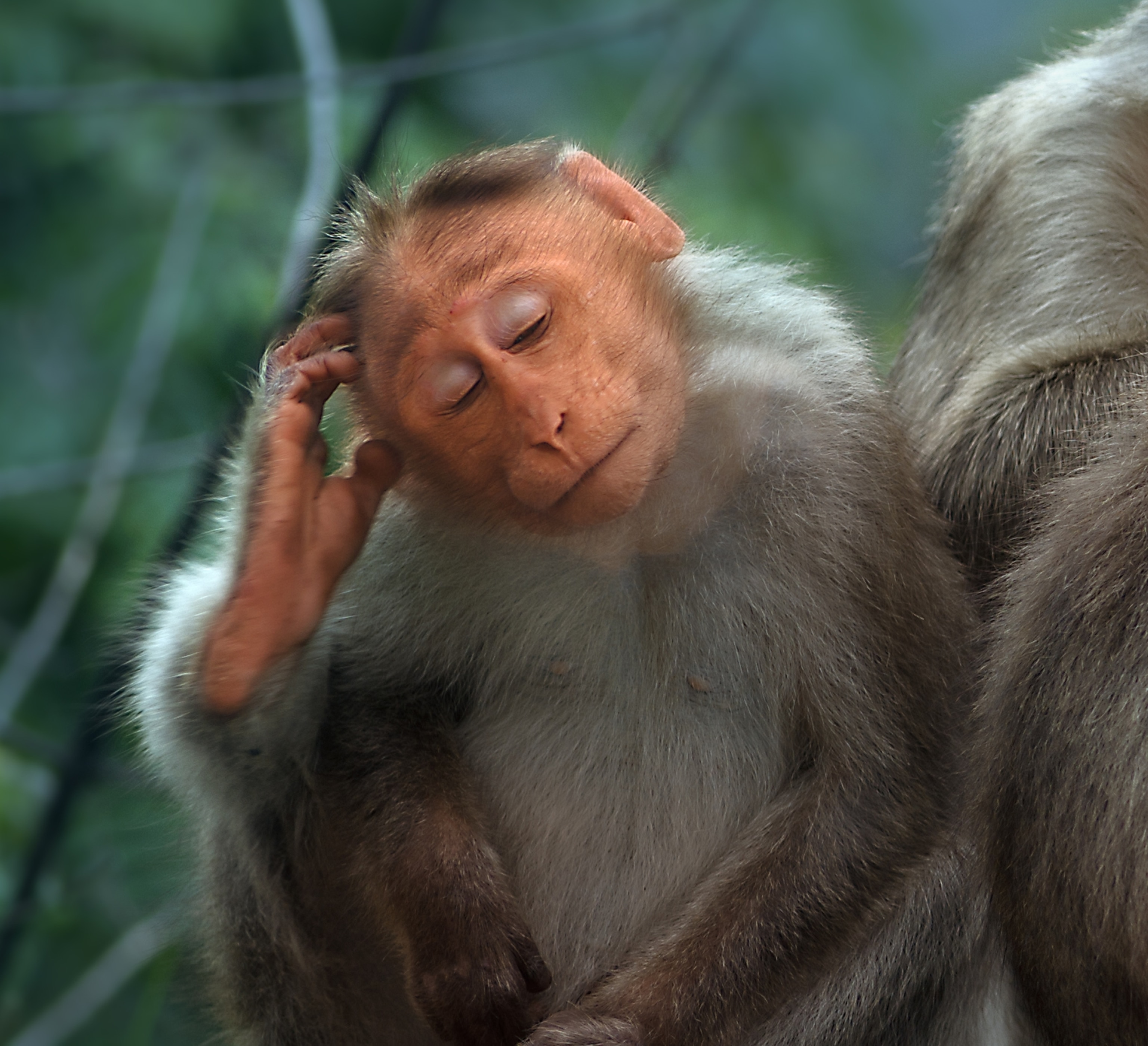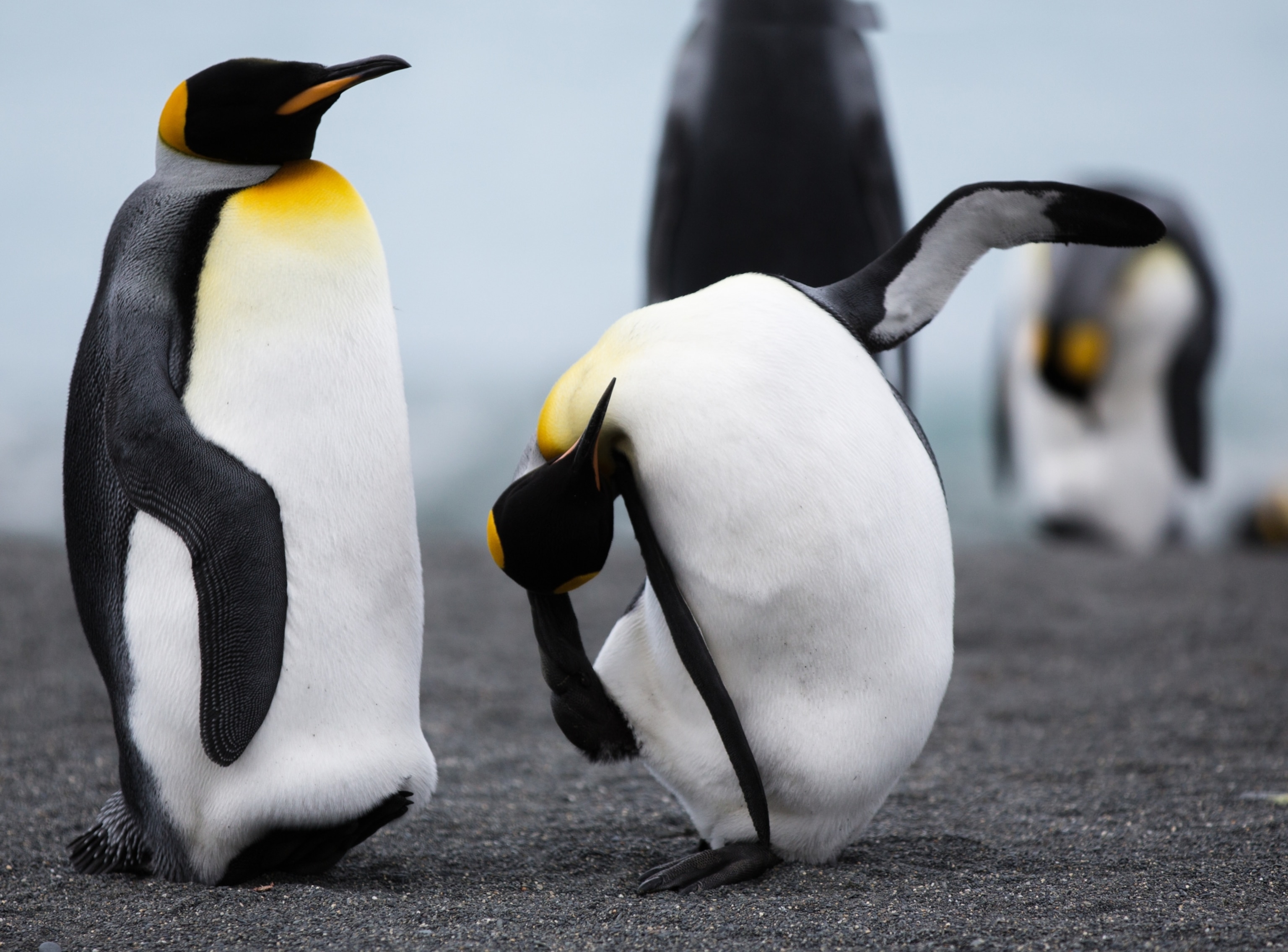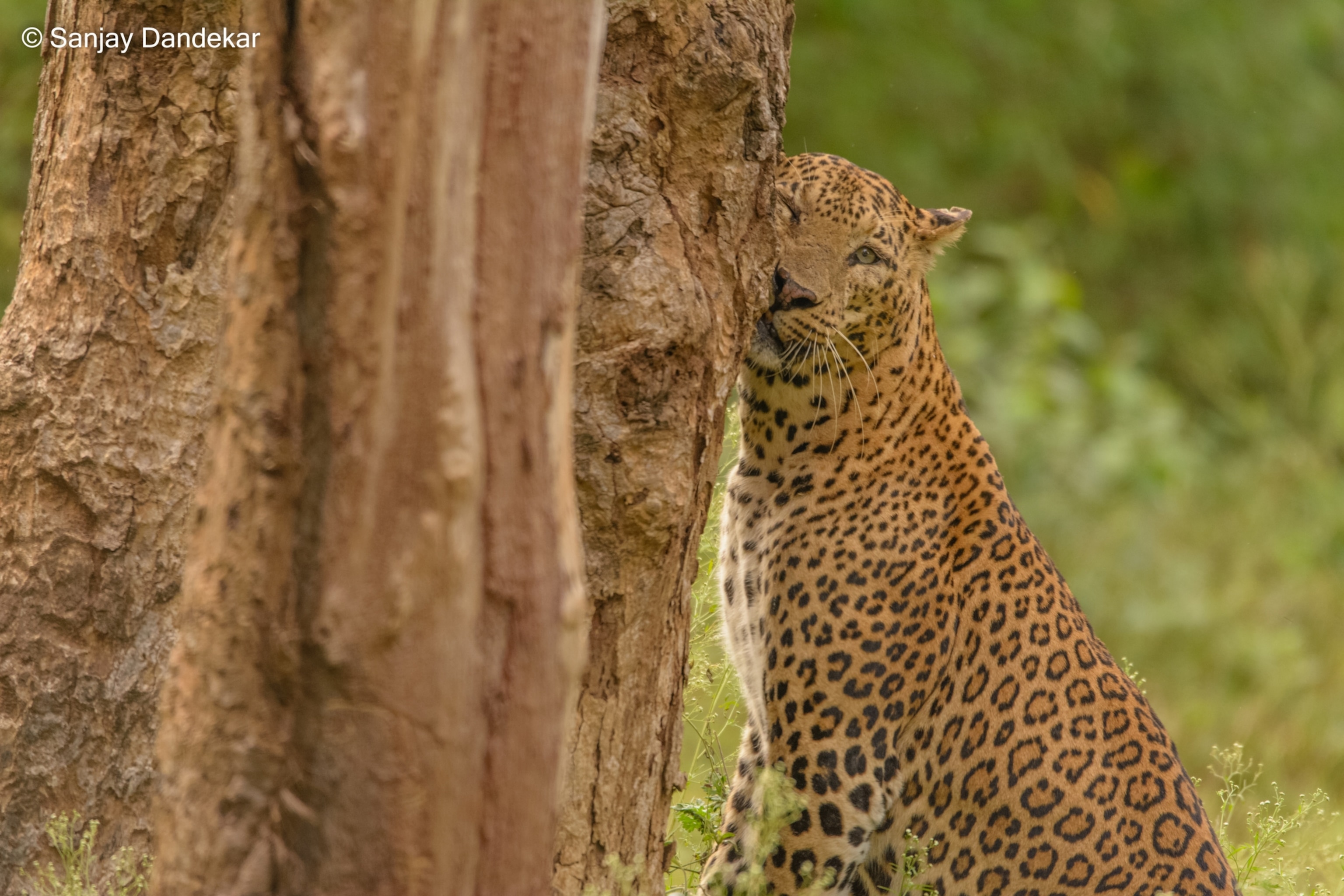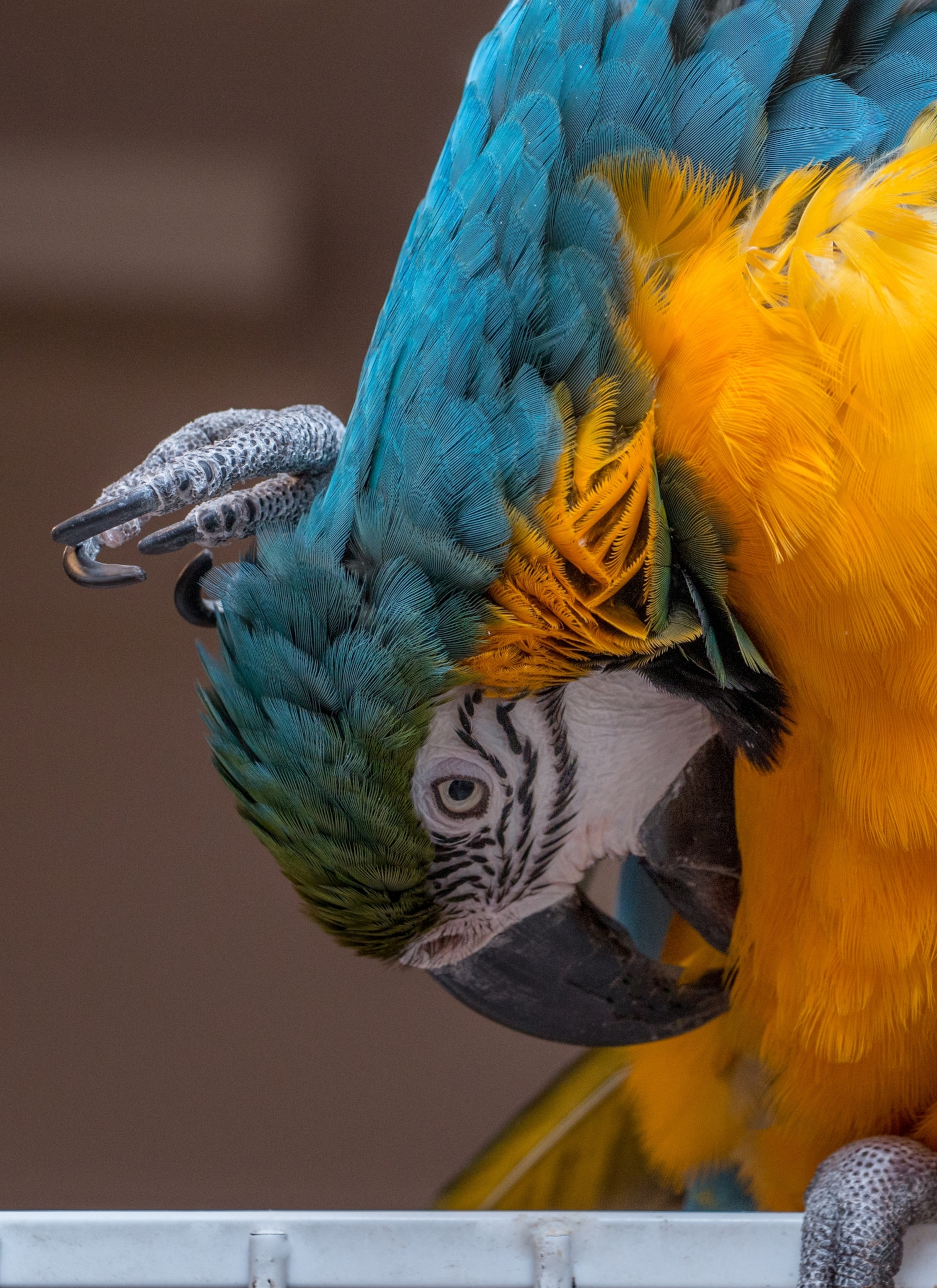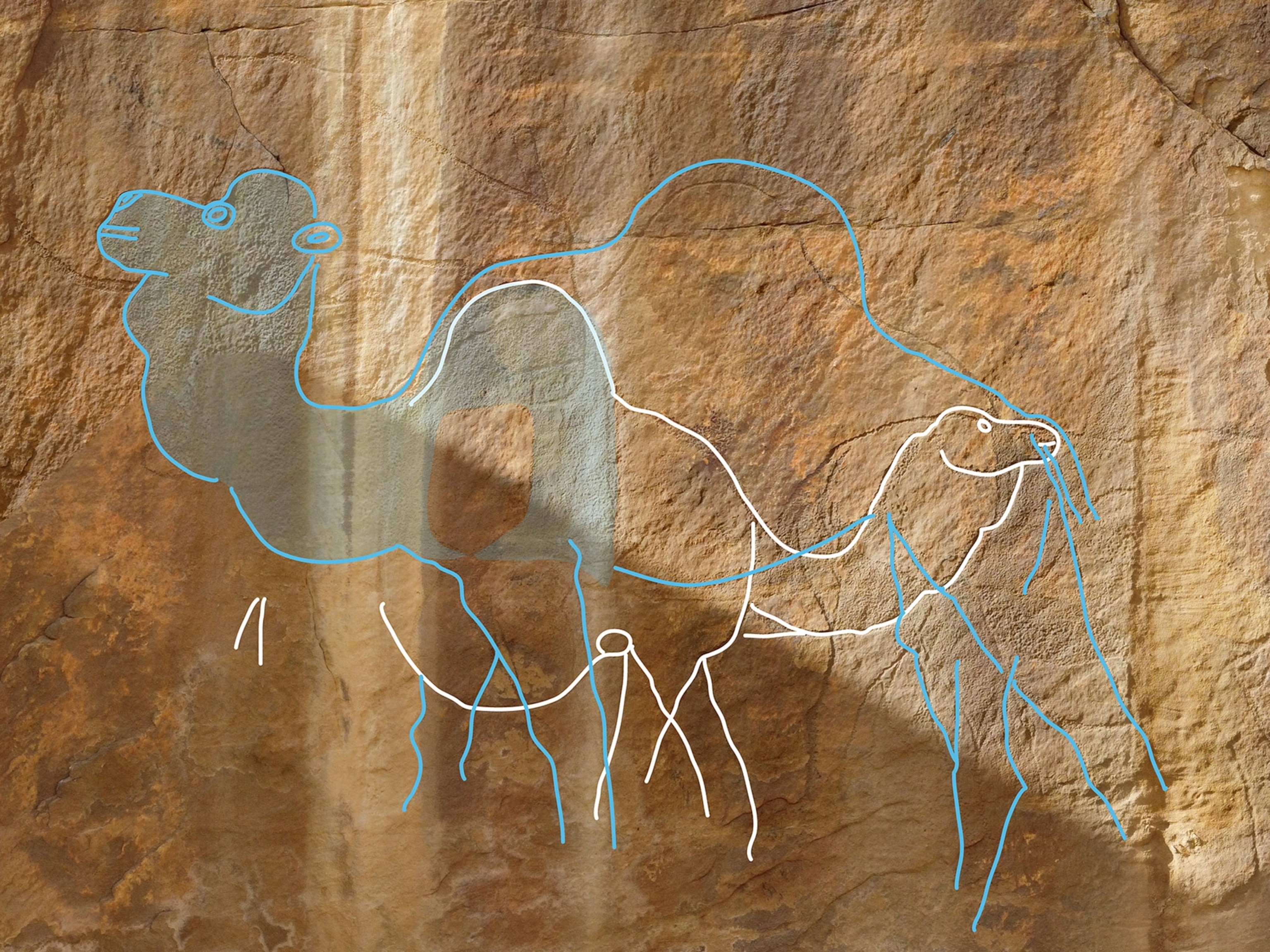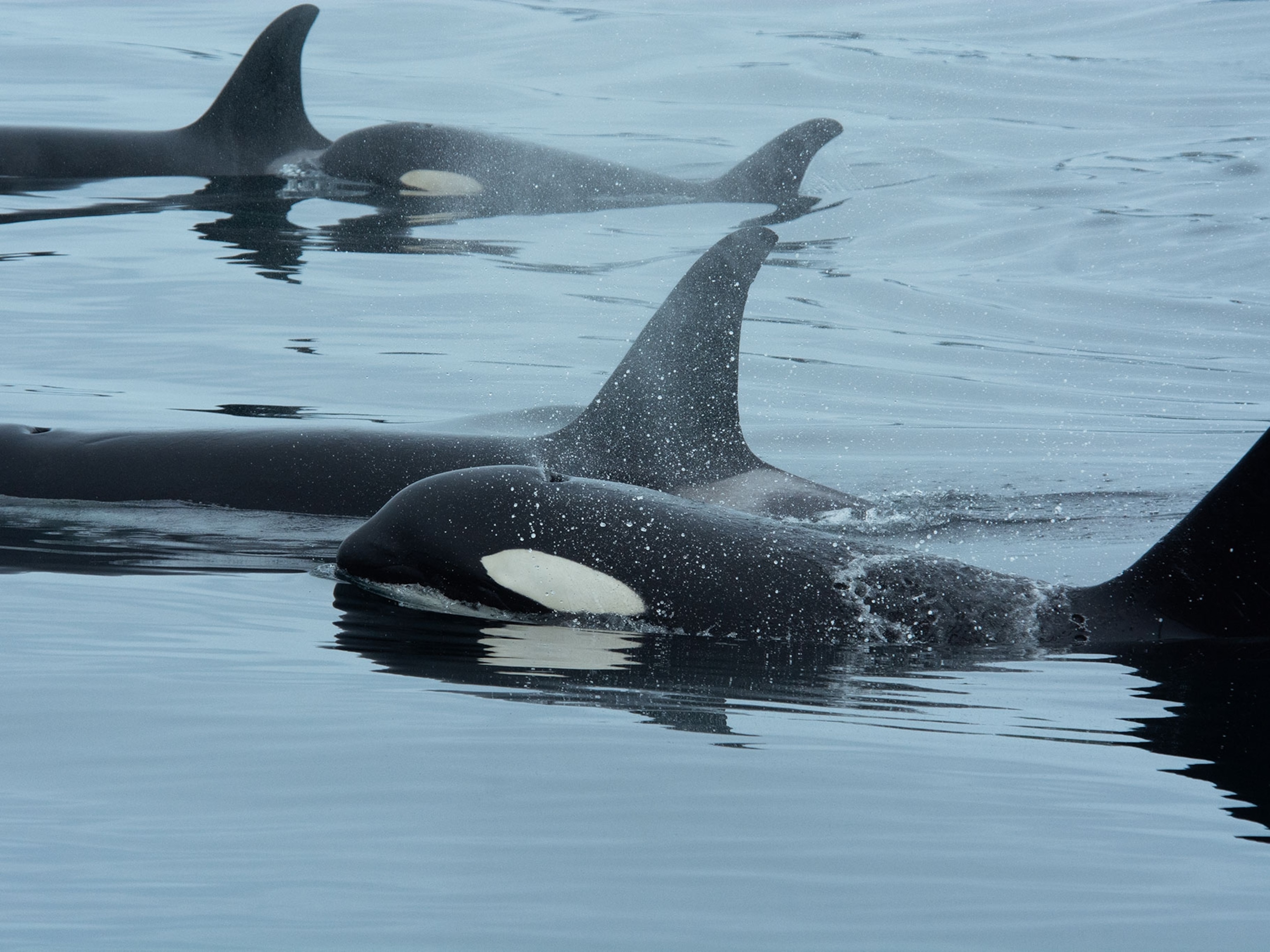Hardened structures, called papillae, line the mouths of camels and other animals—including humans—to help them eat tough foods.
Camels are often called the “ships of the desert.” Domesticated more than 3,000 years ago, the animals can tote 200 pounds dozens of miles per day, traveling as fast as horses. Their bodies are built for harsh desert conditions, from their cloven hooves and extra-long eyelashes to their cactus-chewing mouths.
The video above shows two domesticated dromedary camels—named Baby and Nessie—gnawing on a prickly pear cactus near Tucson, Arizona. The animals’ tough, flexible lips move over the food, and each half of their split upper lips wiggle independently to get close to the vegetation. (Related: read about the dromedary’s two-humped relative.)
As you might be able to imagine, the six-inch needles on the cactus make the plant difficult to chew. So, the inside of a camel’s mouth is lined with raised, cone-shaped structures called papillae. Papillae can be found in the mouths, internal cheeks, and tongues of some species, and they manipulate food to flow in one direction, generally toward the stomach.
A Mouthful of Papillae
Camels have a hard palate at the tops of their mouths, says Alex Warnock, the Arizonian who owns the camels in the video. Their teeth grind food against this palate.
“It kind of works as a mortar and pestle,” Warnock says.
The camel’s rotating chew distributes pressure from the cactus and the papillae slide the needles vertically down the throat. This way, the sharp ends don’t poke the camel as it ingests them.
Papillae in camels partially consist of keratin, the same hard material that your fingernails are made of. According to Luis Padilla, director of animal health at the Saint Louis Zoo, the structures can almost feel like plastic. Healthy papillae protect the cheek and mouth from scratches and injuries, and blunt or ulcerated papillae can be an indication of a disease.
Although camels can physically eat cactus, munching on the spikey plants can hurt them. Still, they often choose to tolerate the discomfort and potential pain in order to enjoy the fleshy green parts. Although there are no prickly pear cacti in the Middle East, an area traditionally associated with the animals, there are hard, thorny plants there that camels also eat. (Related: “See the Ancient Tradition of Camel Racing From Above”)
“If we did that, it would hurt,” Warnock says. “When a camel does it, it’s not the most comfortable thing. [But] given the chance, [Baby and Nessie] always want to go for the prickly pear. They just seem to love it.”
Other animals, including humans, have papillae. Ours are positioned under the taste buds on our tongues, but they’re much smaller than those found on camels due to evolutionary adaptations and a different diet. Many fish-eating birds, reptiles, and fish have papillae throughout their gastrointestinal systems, as well.
(Domesticated Camels Came to Israel in 930 B.C., Centuries Later Than Bible Says)
Warnock says she feeds her camels a regular diet of grass hay, watermelons, pineapples, and apples. They’re used to low-nutrient foods, and she supplements their diet with selenium and vitamin E to protect against muscle degradation.
Other Desert Adaptations
The strange protrusions in a camel’s mouth are not the only traits they’ve adapted to help them live in the desert. A thin nictitating membrane covers their eyes to protect against sandstorms, and bushy eyebrows and a double row of extra-long lashes help to keep sand out. Camels can close their nostrils, and their large, broad feet have thick calluses that expand and contract to help them walk on shifting sands and rocky terrain. (Related: read about Abu Dhabi’s camel beauty contest.)
Like cows, camels are ruminants, meaning they regurgitate food back up from their stomach for additional rounds of chewing. They also spit when threatened. This reaction is learned from watching other camels, but its more akin to throwing up than expectorating. When camels spit, their cheeks bulge and they vomit up saliva and the contents of their stomach. It’s meant to surprise, distract, or bother the source of the camel’s discomfort.
Warnock was first drawn to camels more than a decade ago, when she watched Lawrence of Arabia for the first time. She came away loving the animals, and soon purchased Baby and Nessie.
“They feel like such a part of antiquity,” Warnock says. “They really are a romantic type of animal.”

